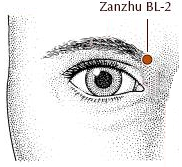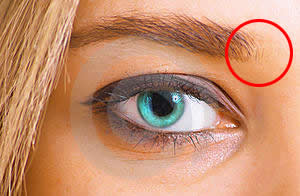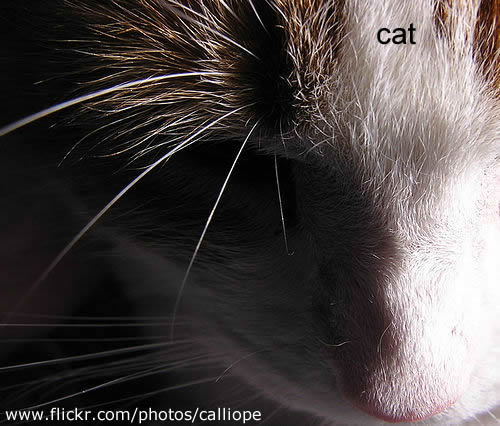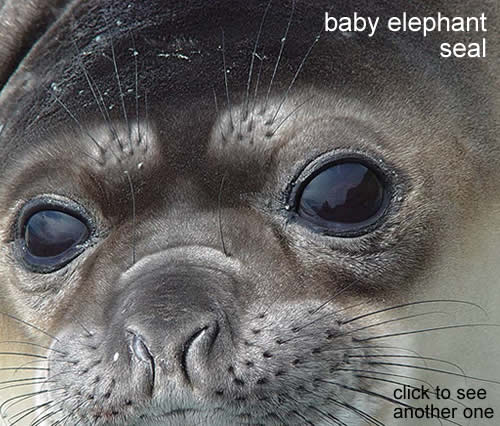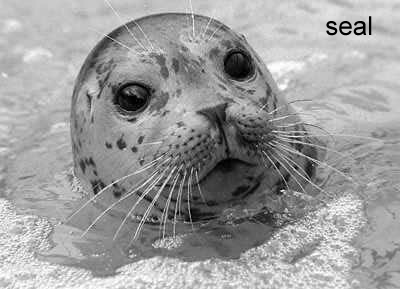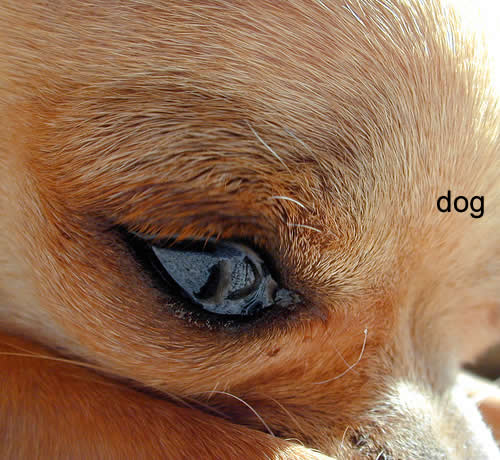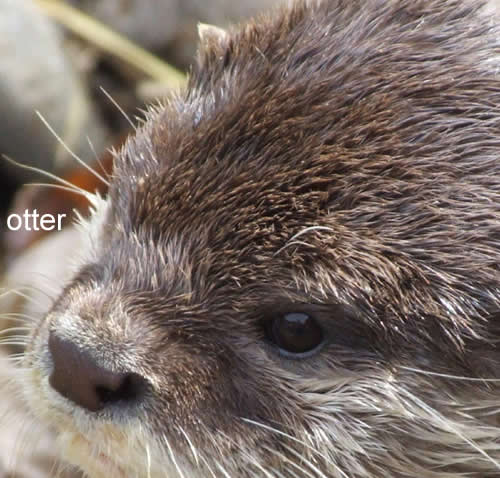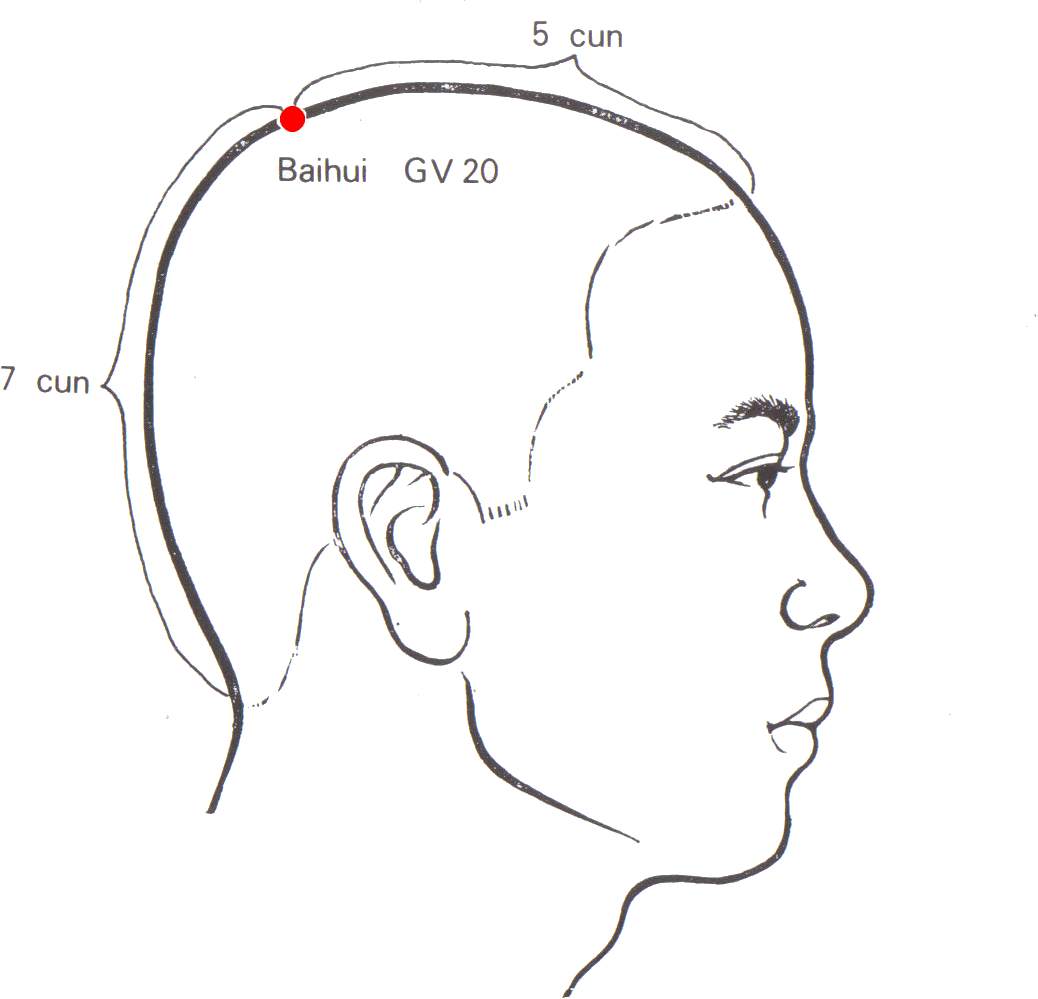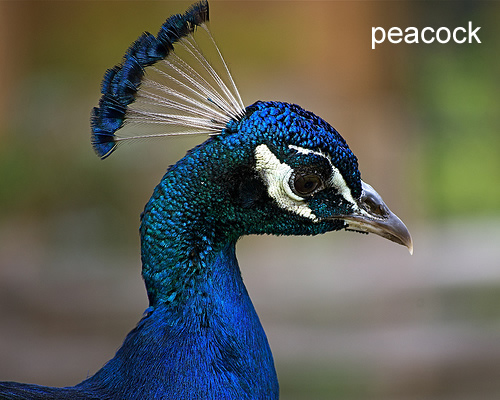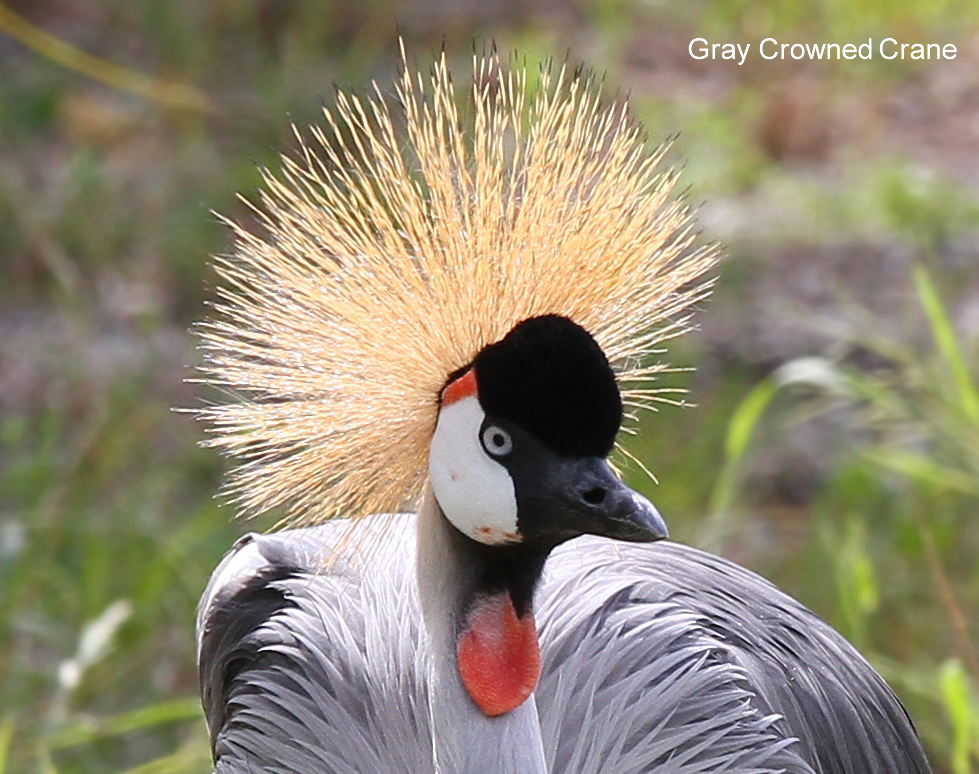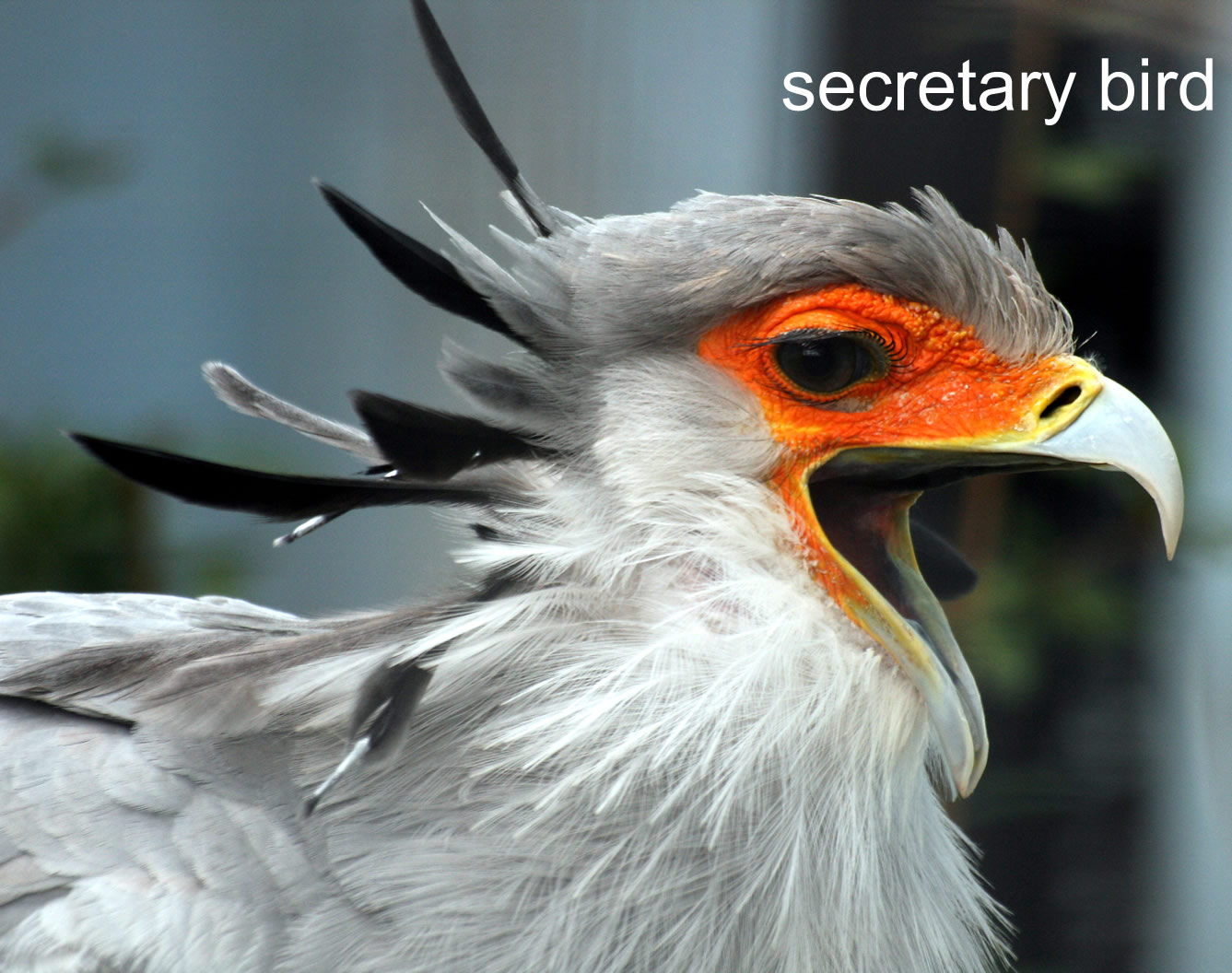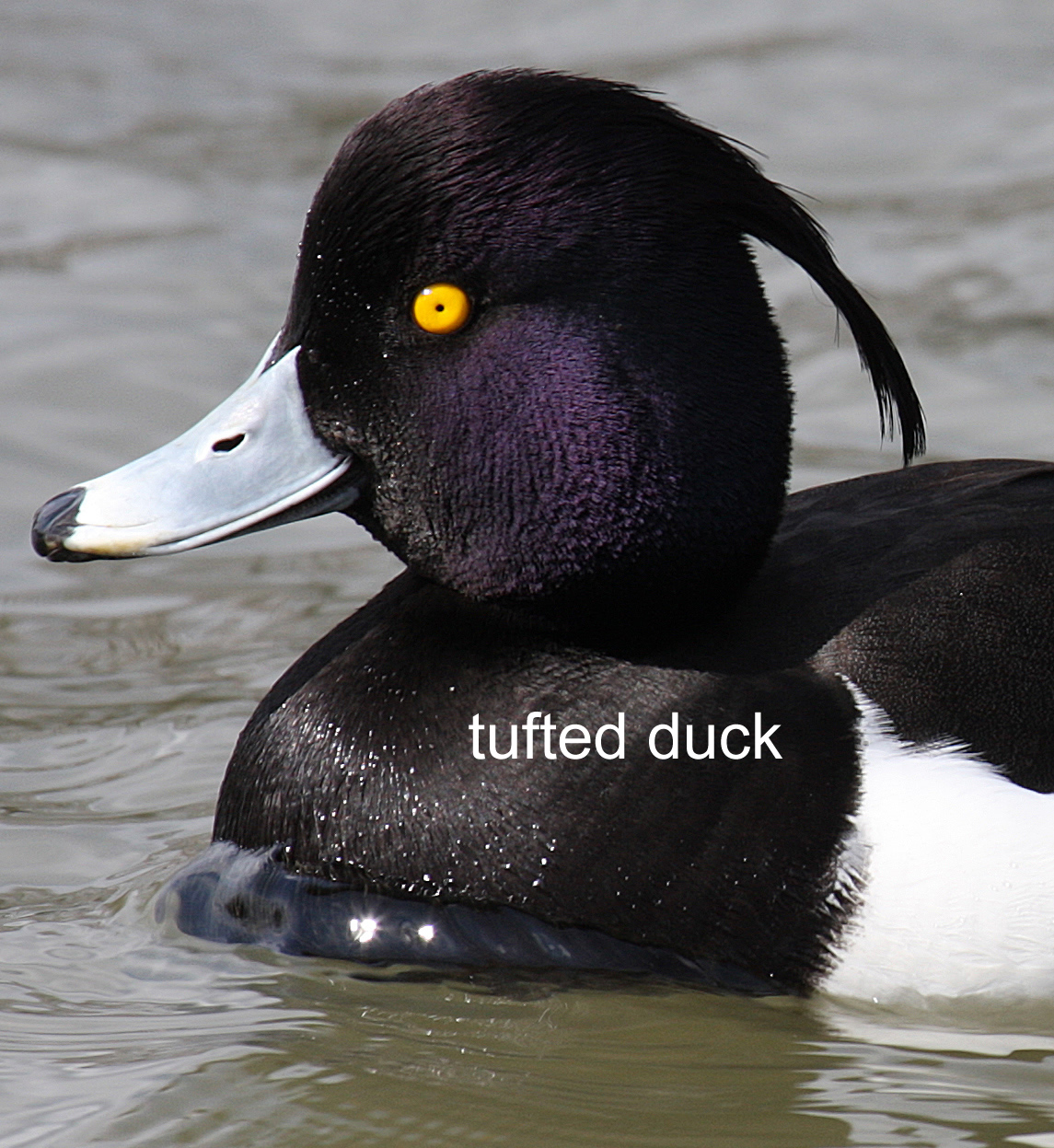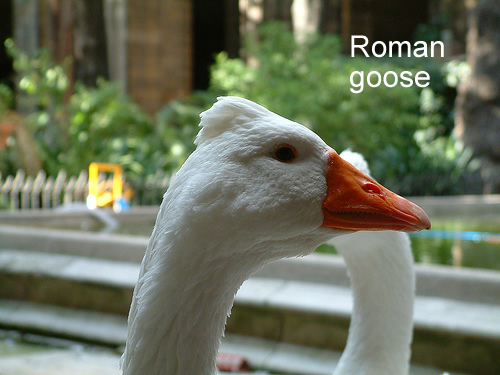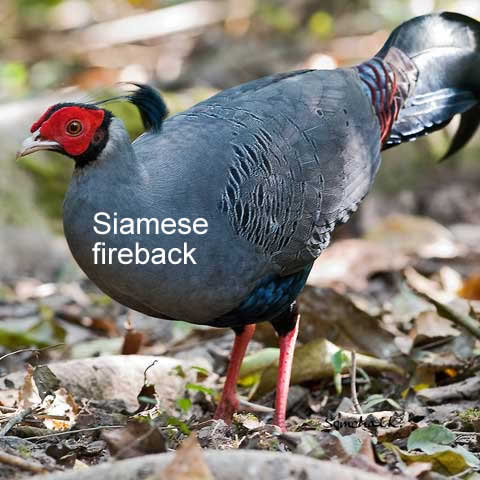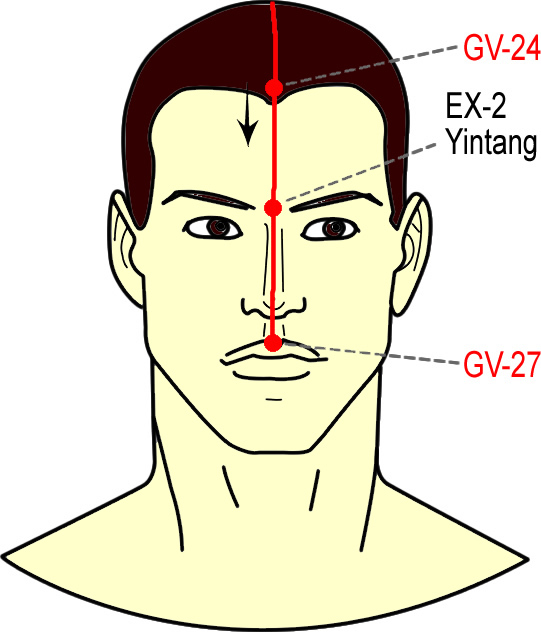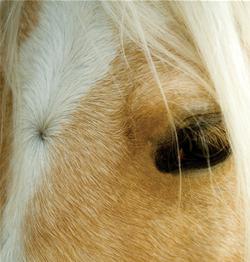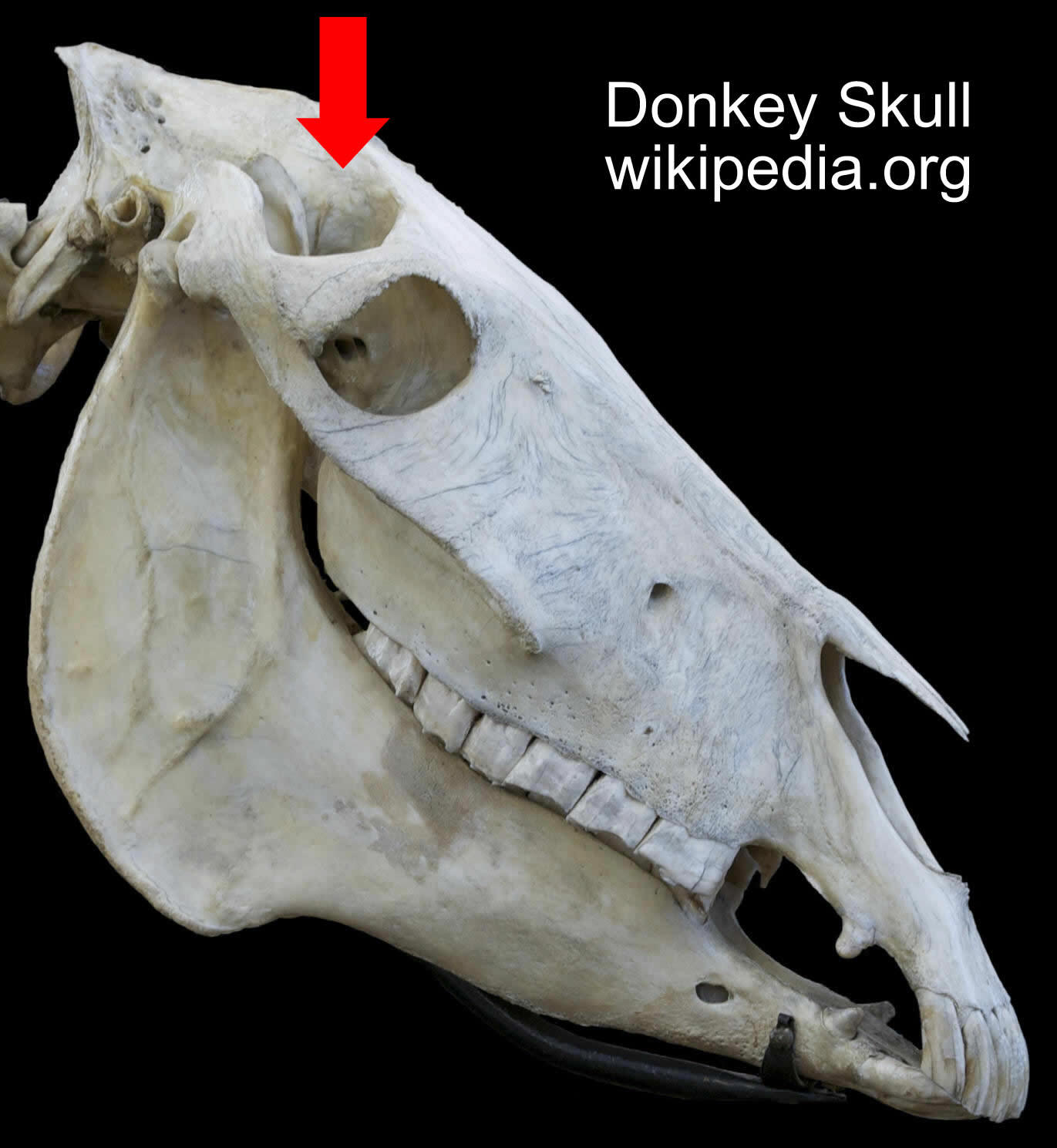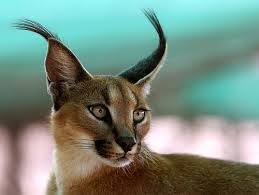|
Morphogenetic
Points: © 2008-2018 Stefano Marcelli | |||
|
| |||
|
Bladder Meridian
| |||
|
|
|||
|
Metaphorically speaking, could you "gather" bamboo from the eyebrow at the acupuncture point BL-2 Zanzhu? In men not, but in some animals you could, as showed below. This indicated that the ancient Chinese, though had not drawn charts of animal acupuncture meridian system, imaged or truly saw animals to have their own meridians and points. Astonishingly, in the picture of the baby elephant seal, here below on the right, beside the strongly evident BL-2 points, is also visible the extra point Jiabi (just above the point Bitong), composed with two single hairs along both sides of the nose (from Royston Low, The Non Meridial Points of Acupuncture, Thorsons 1988). | |||
|
| |||
|
| |||
|
| |||
|
◊ |
|||
|
|
|||
|
GV-20 Baihui, point of Dumai, Governor Vessel, is a one of the most important points of acupuncture, acting on several body and mind functions. It is called Bai Hui because "hundred" meridians meet here. Exactly at the coincident anatomical area, differently from mammalians, some birds present special features, like a little umbrella of feathers in peacock and Siamese fireback, a fan in secretary bird, a real crown in the gray "crowned" crane, and a tuft in certain varieties of duck and goose. This should be a point with morphogenetic properties already in previous stages of the evolution, where birds are the first warm-blooded animals (the last cold-blooded being reptiles). We know warmth goes upward, and like men birds have the erect posture. The point Baihui founds at the very top of the head, where warmth emerges from the body. Thus, the special somatic feature, localized in this position, could be a way to control the warmth dissipation (in certain mammalians effectuated through head sweating) and flying. |
|||
|
|
|||
|
|
|||
|
|
|||
|
|
|||
|
◊ |
|||
|
Ex-HN Yintang is the
third Extra-meridian point of Head and Neck. It is situated midway
between the eyebrow heads on the Governor Vessel Dumai path. The name
comes from the habitude of certain old people to mark this point with
red ink. It is said to treat headache, dizziness and vertigo, insomnia, poor memory, epilepsy, hemiplegia and mental retardation. It calms the
mind, reduce and stop pain and relieve spasms. Once again, though nearly
anonym in the human body, with no special anatomical apparent features,
an acupuncture point can be more identifiable and significant in
animals. We have found that horse and cow could have in this point or at
little distance from it a hair whorl as shown in the pictures below. |
|||
|
|
|
||
 |
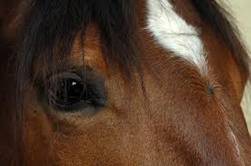 |
||
|
In horses this whorl has been put in relation to individual temperament and behaviour. Further useful informations are available at the following links:
http://en.wikipedia.org/wiki/Hair_whorl_(horse) Out of curiosity,
for the human fantasy it not difficult to create an Unicorn (in a
Domenichino's painting below right) by merging a turritella shell
(picture below left, wikipedia) with a white horse frontal whorl. |
|||
 |
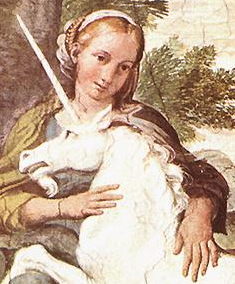 |
||
|
◊ |
|||
|
The point GB-14 Yangbai is
situated one cun above the midpoint of the eyebrow, at the spike of
the very acute angle formed by the Gall Bladder meridian on the
forehead. Here the meridian inverts its direction, passing from the
lateral to the upper side of the skull. According to the tradition
its name means a brilliant (white) yang point. It is said to
brighten the eyes, treat headache, pain of ocular region, blurred
vision, twitching of eyelids, wind invasion of the head and relieve
spasm. At least in horse and donkey Gb-14 anatomically corresponds
to a deep hole, or foramen, because differently from many mammals
their frontal bones, as possibly those of other equines, are opened.
Curiously, the horse biliary apparatus lacks of the drainage bag. |
|||
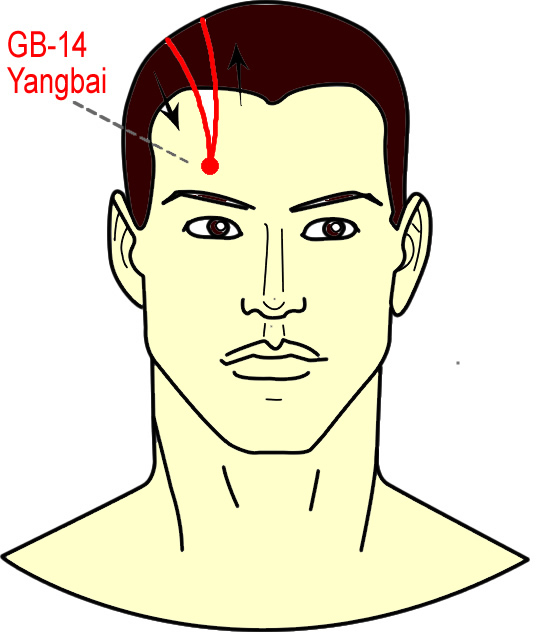 |
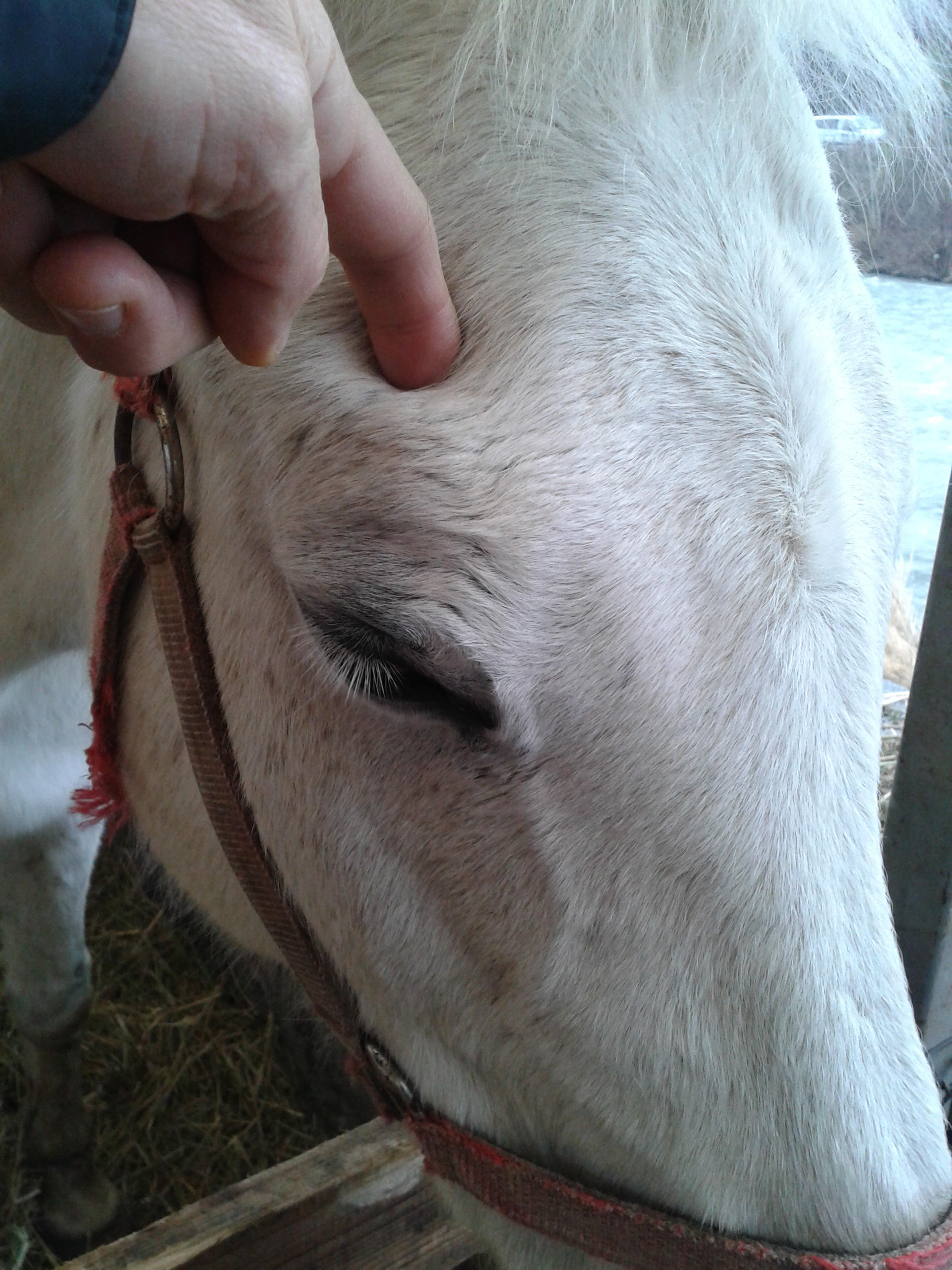
|
||
|
|
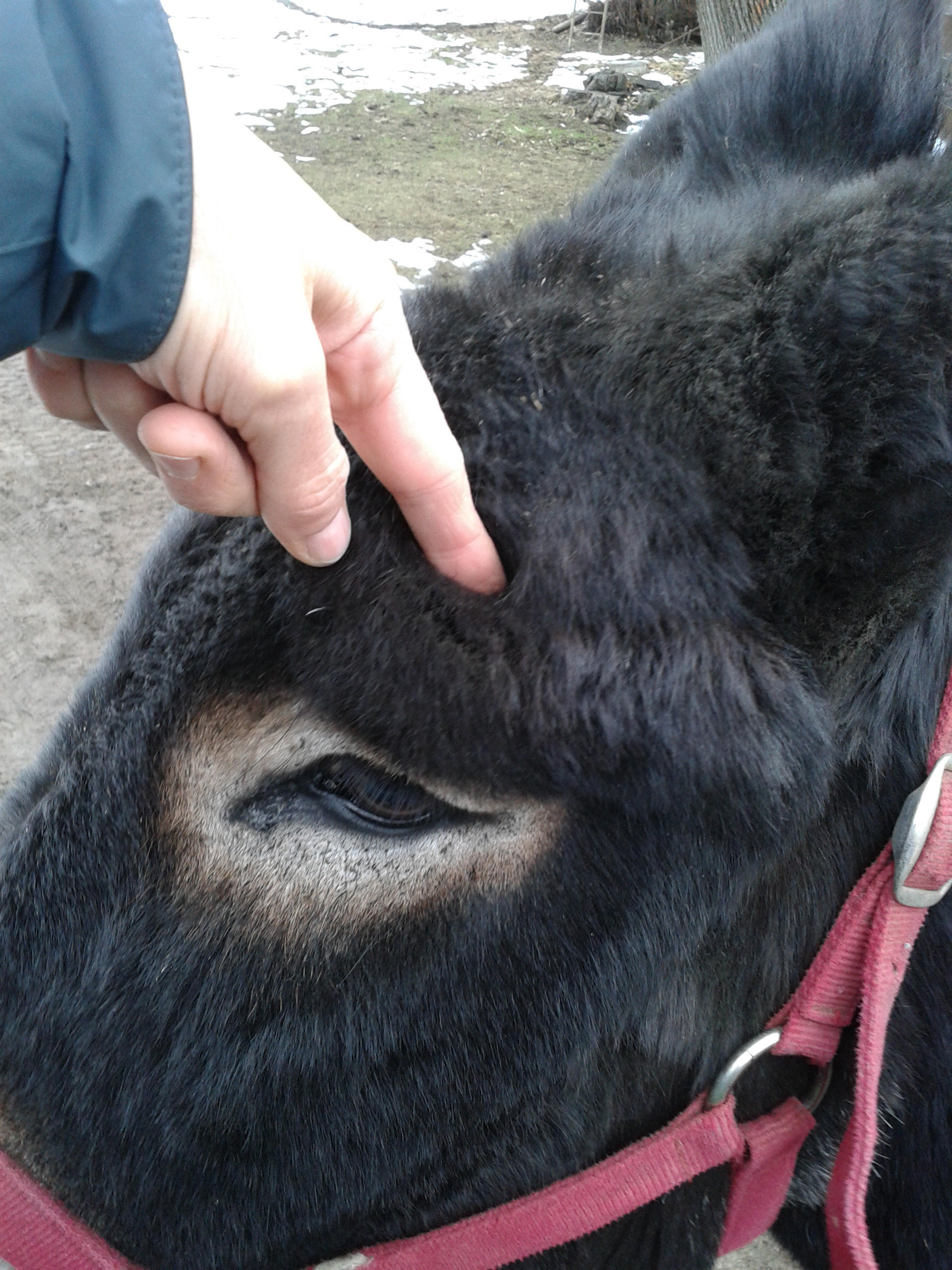 |
||
|
◊ |
|||
|
Point out of
meridian The point EX-HN (6) is
situated at the ear apex, localized at the end of the top of the
line that forms when the ear is folded
along its vertical axis.
As for in other acupuncture points, in men this
point is anonymous and unformed, but in
other mammal
preys (squirrel )
and predators (domestic
and wild cats, caracal)
is equipped with a strongly noticeable tuft
of hair.
| |||
 |

|
||
|
| |||
|
| |||
